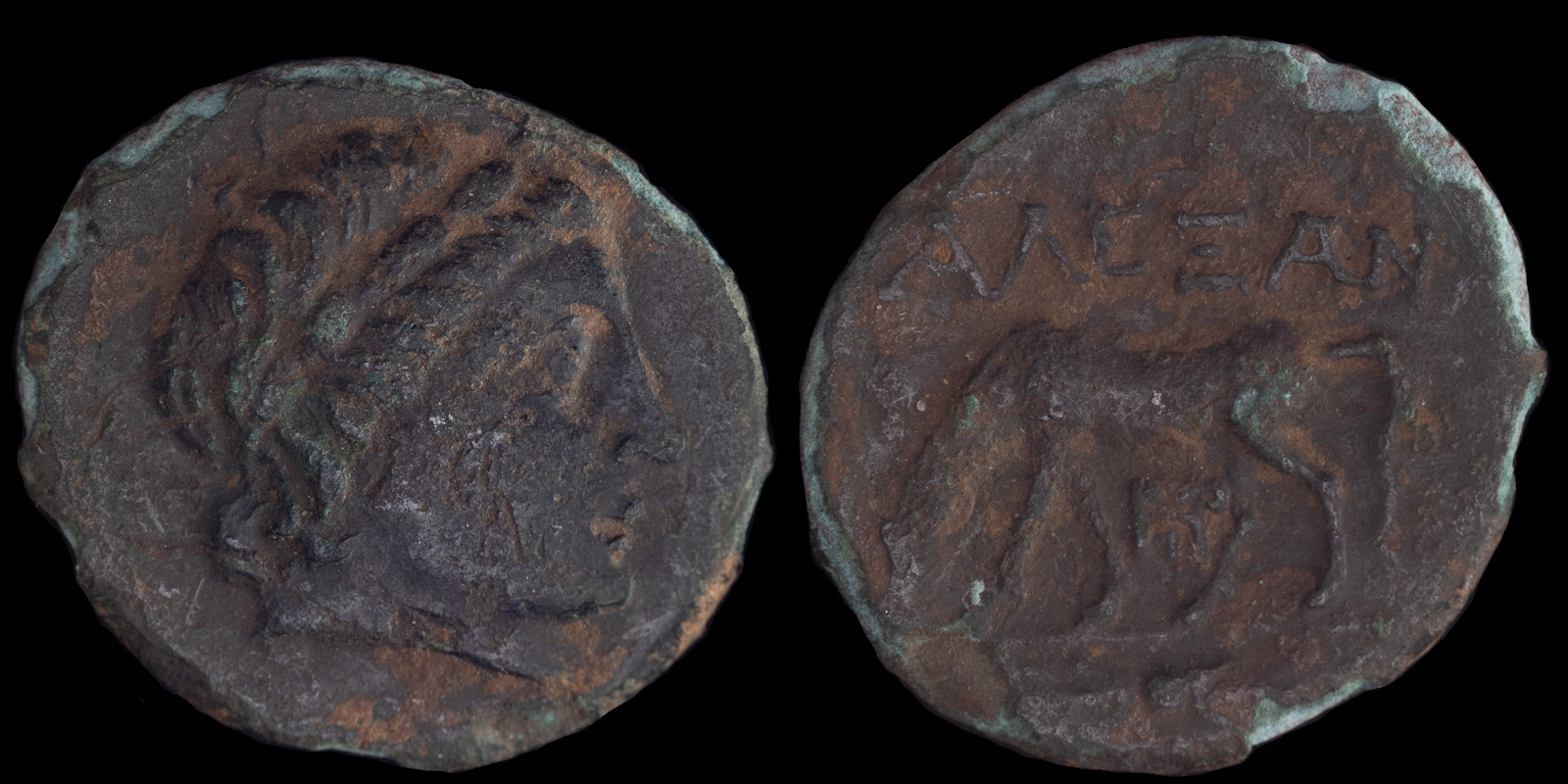Grazing
View All Tags
The symbolism of a grazing horse on coins also highlighted the importance of horses in Greek economy and military affairs. In particular, equestrian societies and city-states that specialized in horse breeding and training, such as Macedonia and Thrace, used horse imagery on their coins to represent their dominance in equestrian skills. Grazing horses were often depicted as symbols of the wealth and resources available to these regions, as raising horses required significant land, labor, and investment. The image of a horse calmly grazing signified that the city-state was in a period of economic stability, where the foundational needs of the population, such as food and resources, were being met.
The grazing horse could also serve as a reminder of the equestrian culture of the Greek aristocracy, where horses were often associated with the elite. Horses, especially those used for chariot racing, were a symbol of status and prestige. In certain Greek cities, particularly in the Hellenistic period, horses were seen as symbols of nobility and power, and their depiction on coins underscored the political aspirations of the ruling class. The image of the horse grazing could, therefore, serve as an idealized portrayal of harmony between the ruling elite and the land, suggesting that the elite had control over both the animal kingdom and the natural resources necessary to support it.
In addition to these practical and political implications, the grazing horse on Greek coins could also hold symbolic connotations tied to peaceful prosperity. The image of a horse calmly grazing in a field was an image of nature in balance—an ideal state of being where the hard work of agriculture and breeding led to a fruitful and tranquil existence. This portrayal stood in contrast to the more typical depictions of horses in battle scenes or chariot races, where horses were shown in motion, representing action and power. The grazing horse, in contrast, invoked a sense of rest and harmony with the environment.
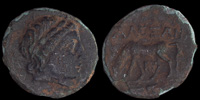
Alexandreia, Troas 3rd century BCE

Alexandreia, Troas 3rd century BCE
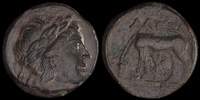
Alexandreia, Troas 3rd century BCE
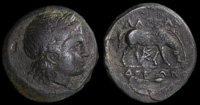
Alexandria, Troas 281-261 BCE
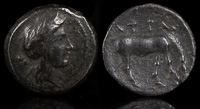
Atrax, Thessaly 3rd-2nd cent BCE
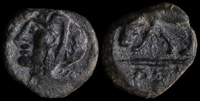
Larissa Imitation? 4th century BCE

Larissa, Thessaly 380-337 BCE
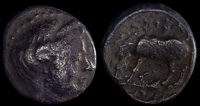
Larissa, Thessaly 380-337 BCE
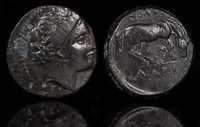
Larissa, Thessaly 4th century BCE
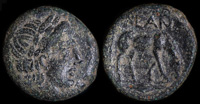
Neandria, Troas 350-310 BCE
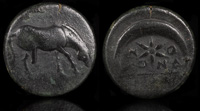
Pharkadon, Thessaly 400-350 BCE
